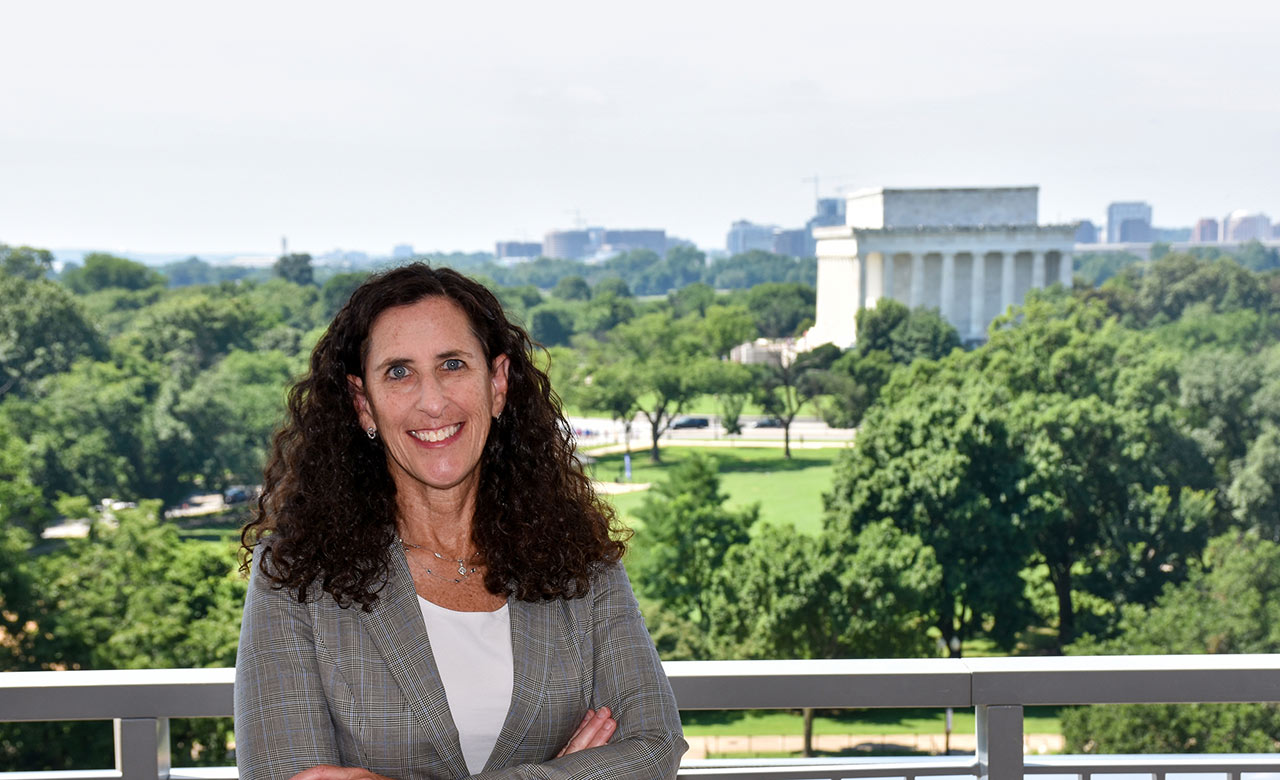Ilisa BG Bernstein, PharmD, JD, FAPhA
In the 1989 film Field of Dreams, an Iowa farmer is inspired to pursue a dream. He builds a baseball field on his farm driven by the promise that “if you build it, they will come.” His pursuit of his dreams bring him amazing results: baseball fans came in droves to his small farm in Iowa.
Much like the main character, Ray Kinsella, so too are pharmacists working in dogged pursuit of new vistas, with the goal to continue to provide essential care to our nation’s most vulnerable. During the pandemic, pharmacies and pharmacists built the field of availability and access for patient care services, and patients came in droves for immunizations, testing, and treatments.

The work of pharmacists has been nothing short of heroic. A new report from the IQVIA Institute for Human Data Science found that pharmacists in the United States administered more recommended routine vaccinations than physicians from 2020 to 2021. The report also finds that the majority of adult COVID-19 and shingles vaccinations took place at pharmacies as well as approximately 60% of vaccinations during flu season. The IQVIA data reveals a 30–40% increase in claims for flu vaccines at pharmacies between 2018 and 2019 as well as in 2020. The report also shows that pneumococcal vaccinations increased at pharmacies, and roughly 13–20% of adult HPV vaccines were administered at a pharmacy by the end of 2021 compared with 5–8% in 2018.
The PREP Act gave pharmacists the temporary ability to vaccinate patients as young as 3 years old, thus helping to fulfill the increasing demand for vaccinations that followed the rise of COVID-19 and close the gaps in access for low-income families and rural communities. The IQVIA report found that there were 15% more pharmacy locations within low-income communities than physician’s offices, meaning that lower-income people had more access to pharmacists than to physicians and could count on their pharmacist for timely care.
Although the PREP Act authorities have been extended, access for these patient care services at pharmacies is temporary for seniors because pharmacists are not considered providers under Medicare. Congress has recognized this gap with the introduction of federal legislation, H.R. 1770, the Equitable Community Access to Pharmacists Services Act. And just last month, Senators Chuck Grassley (R-IA), Sherrod Brown (D-OH), Ben Ray Luján (D-NM), Bob Casey (D-PA), and Cindy Hyde-Smith (R-MS) reintroduced the Pharmacy and Medically Underserved Areas Enhancement Act, bipartisan legislation that would authorize Medicare coverage for a broader range of pharmacist services for patients in medically underserved areas in communities that lack easy access to doctors.
The numbers speak for themselves. It’s not a field of dreams; patients want health care services from their local pharmacies and pharmacists. Now Congress needs to play ball and build provision of these pharmacist–patient care services into law, and they will come. ■